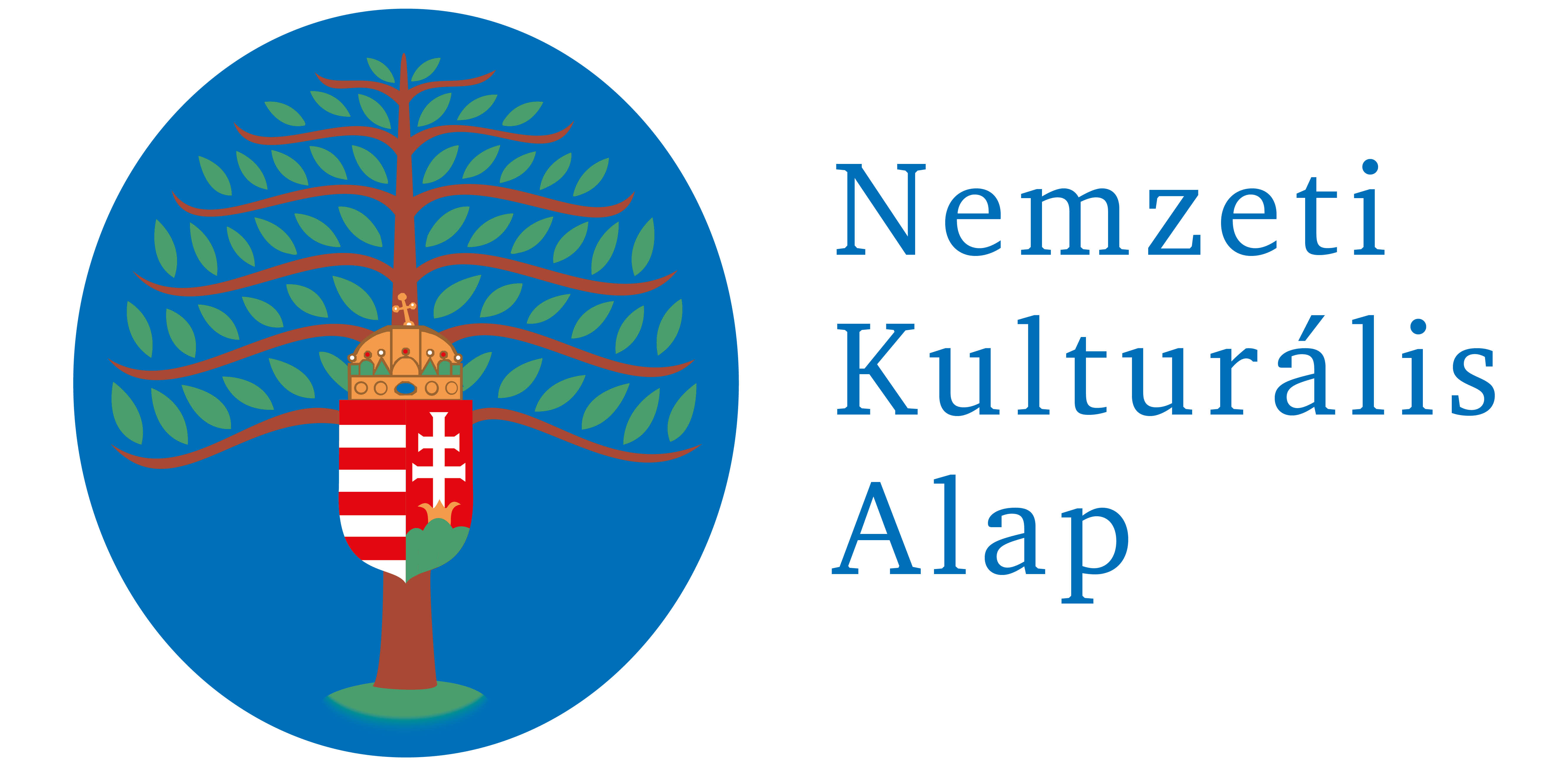Naptár
2024. április 15–19.
2024. április 20.
Eötvös József Kárpát-medencei középiskolai szónokverseny
2024. április 24. – május 3.
Tovább...
4. 2018.
Abstracts in English
Studies
Adamikné Jászó, Anna
The humour of argumentation and style in Gárdonyi’s novels – Part 2
The first part of this study provides the analysis of Géza Gárdonyi’s works from a rhetorical perspective. The second part is the analysis of Gárdonyi’s characteristic style and witty word usage. It introduces Gárdonyi’s unique words, diminutives, humorous folk etymologies, naming, and the use of foreign words and participles. It also provides examples of how the spelling in the text and the copying of the speech manner becomes the source of his particular style. The study gives various examples of figures of speech and tropes. Examples of topic description, similes, questions, exclamation, repetition, synecdoche, and metaphor might be useful in teaching, too. The study proves the uniqueness and power in Géza Gárdonyi’s style in an expressive and convincing way.
Papp, Melinda
The role of ostensive stimuli in the transfer and understanding of stories
The hypothesis underlying the present study is that culturally relevant knowledge in stories and tales can spread only if the storyteller is able to raise and keep the audience’s attention with the right story telling strategies— facilitating in this way the processing of information intended to be transferred in the story (Sperber 1996; Ivaskó–Papp 2017). The most important question of this study is to investigate the nature of storytelling. Results of the experiment carried out with pre-school children prove that the appropriate ostensive stimuli (Sperber–Wilson 1995) in the storytelling situation are crucial to creating and maintaining the scene of joint attention (Tomasello 1999). Data show that baby talk prosody in storytelling and keeping eye contact are such ostensive stimuli in early childhood.
Gyarmathy, Dorottya – Horváth, Viktória
The relation between audible breathing and silent pauses in the spontaneous speech of children
Several functions of silent pause in speech are known. A much less investigated area, however, is the relation between pausing and audible breathing. It has been proved that speech breathing is subordinated to higher level planning processes in the speech of adults. The aim of this study is to investigate the relation between pausing strategies and breathing in children′s spontaneous speech. We hypothesize that children are less able to coordinate breathing and the various functions of pausing due to the smaller lung capacity and less speech experience. To prove our hypothesis, we have analysed 40 narratives by six to nine-year-old children. We have analysed the frequency, functions, temporal features of silent pauses, with special attention to audible breathing. The acoustic analysis has been done by the software Praat and the statistical analysis has been done in SPSS. Results show that compared to adults, children are less able to regulate the relation between breathing and silent pauses. In pausing, however, certain patterns typical of adulthood can be detected already in the kindergarten.
Workshop
Király, Flóra
A self-assessment tool for the analysis of teacher′s questioning strategy
One of the most important elements of the interactive phase of teaching and learning is the questioning skill that teachers possess at different levels. The investigation described in this study provides a model of teachers′ questioning strategy based on teacher questions of 24 lessons. It introduces the relations among the elements of the questioning strategy and it shows the individual characteristics of teachers′ questioning strategies through the analysis of 14 lessons of three teachers. The study provides methodological recommendations based on the results of the investigation. In addition, with a self-assessment tool it also shows the factors influencing the pedagogical efficiency of the questioning strategy. The tool can be used by both beginner and practising teachers for the analysis of their questions in the classroom. They might become more efficient in using teacher questions with regular and conscious self-monitoring. Finally, by the development of one of the most important classroom elements in knowledge building, the learning process can become more successful as well.
Hollóy, Zsolt
Methodological ideas for teaching slang
Due to the sociolinguistic approach, teaching language varieties different from everyday language is gaining more and more emphasis in the first language classes. As a result of this tendency, students learn the theories on language varieties they use in everyday life and they also become conscious about how to use them. Getting to know the regional and social language varieties is essential to develop an overall and positive picture about first language. Slang is a very particular part of social language varieties and research on slang and how to teach it are challenging due to its complex and almost undefinable nature. This study provides a theoretical background as well as tried-out practical ideas, advice and potential.














